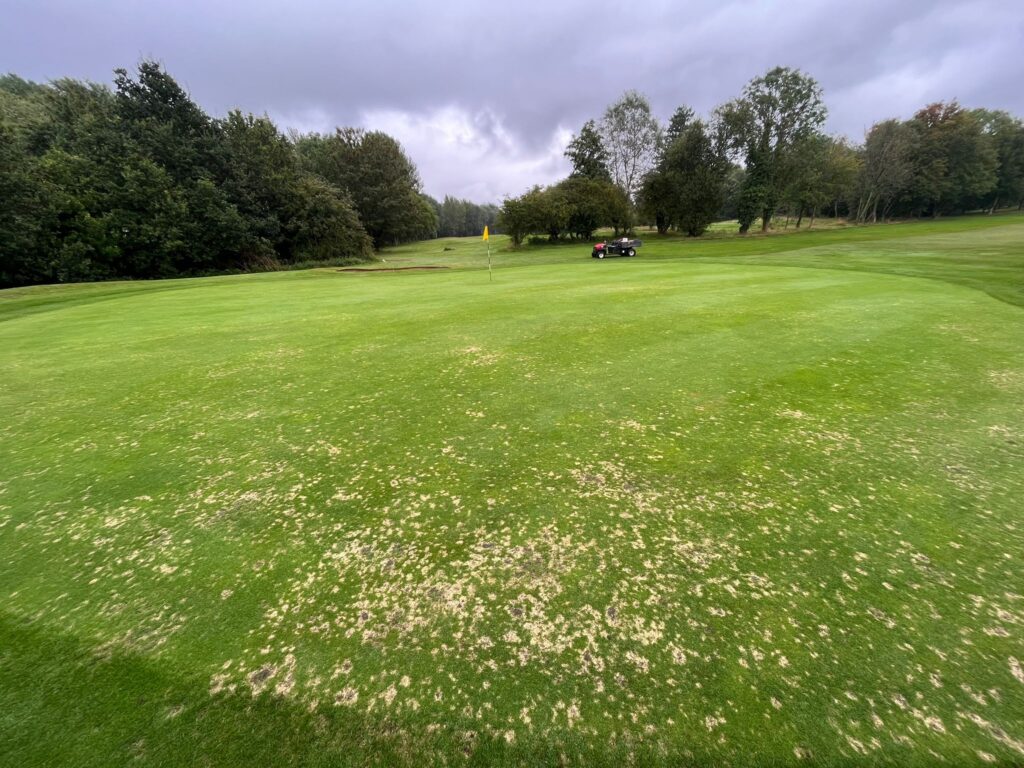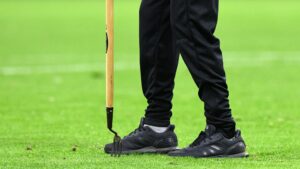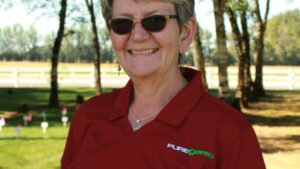In the realm of sports field management, safeguarding turfgrass against diseases has emerged as a paramount concern, driven by shifting climate patterns and evolving pesticide regulations. The need to make informed decisions regarding disease resistance, rather than relying on chance, has never been more pronounced, prompting the seed industry to re-evaluate its breeding priorities.
Strategic selection of turfgrass species and varieties with high disease resistance is paramount, given the unpredictability of disease outbreaks and the tightening restrictions on pesticide use. Professionals in turf management across various sectors in Europe – spanning sod production, golf, and high-end football stadiums – play a pivotal role in providing insights into the prevalence of diseases impacting turf quality. Seed companies can actively engage with turf managers to collect disease information, enabling them to target grass breeding and cultivar screening to meet individual needs of their customers.
In 2021 and 2022, DLF conducted the first of such kind of survey, providing valuable insights into current disease prevalence across different regions and turf sectors. A total of 366 participants including sod producers, stadium managers, and golf course greenkeepers, responded to the survey, highlighting a strong demand for new solutions. The survey confirmed that diseases like Gray Leaf Spot and Dollar Spot are becoming increasing problems, with the magnitude of challenges varying based on the type of sports field and the geographical location.
Of particular significance is the prevalence of Dollar Spot, traditionally associated with golf courses but now extending its presence into other turf segments. Recognized as one of the most economically significant and damaging turf grass diseases in the U.S., this underscores the necessity to address the disease within a European context.
Insights into disease distribution obtained from such surveys help shape breeding programs and in-field combat strategies, empowering seed companies to develop targeted solutions for different regions and turf areas. Collaborative efforts among stakeholders are crucial in enhancing turf health, improving playing quality, and adapting to evolving industry standards while prioritizing environmental sustainability.
As turf managers navigate the challenges posed by disease outbreaks and regulatory changes, proactive measures such as selecting for disease-resistant grass varieties become increasingly significant. By harnessing collective knowledge and advancements in turfgrass research, we can strive towards a future where sports fields provide safe and sustainable playing surfaces for athletes.









